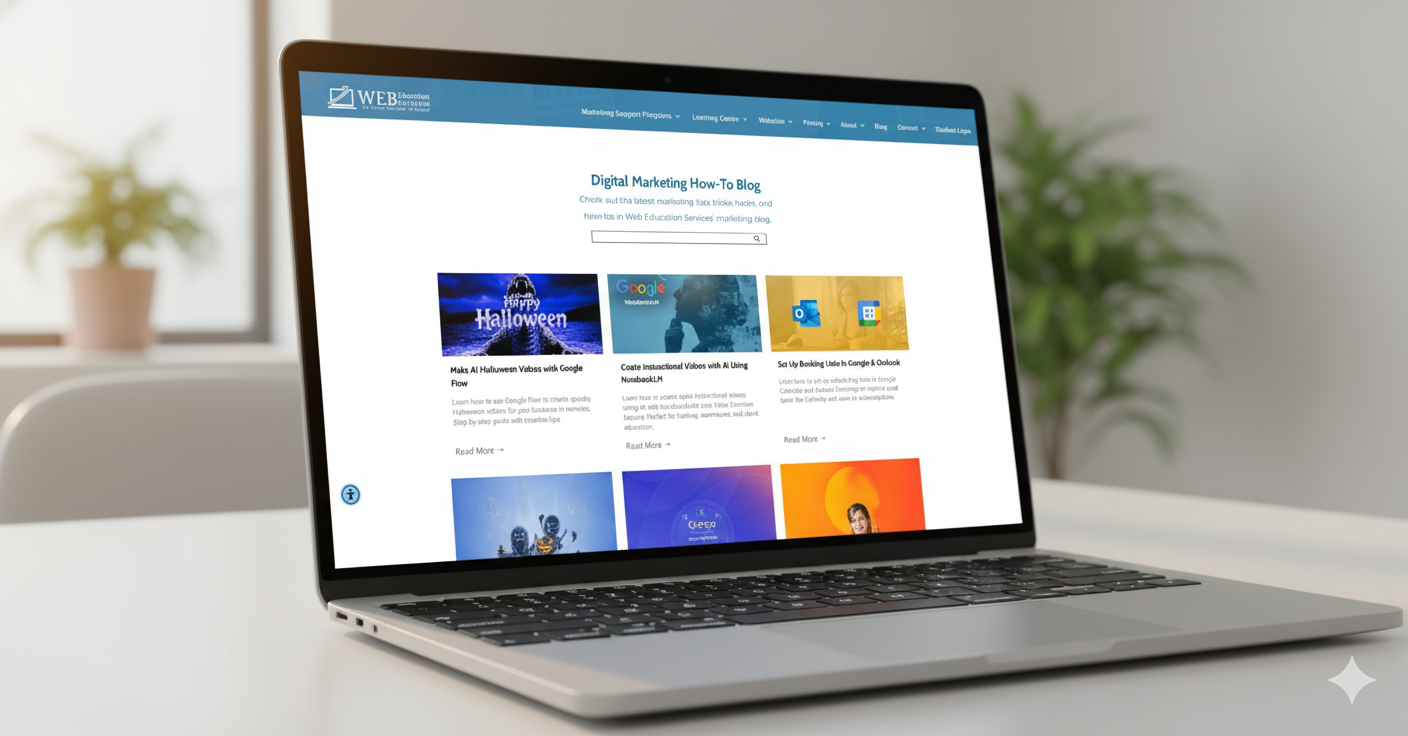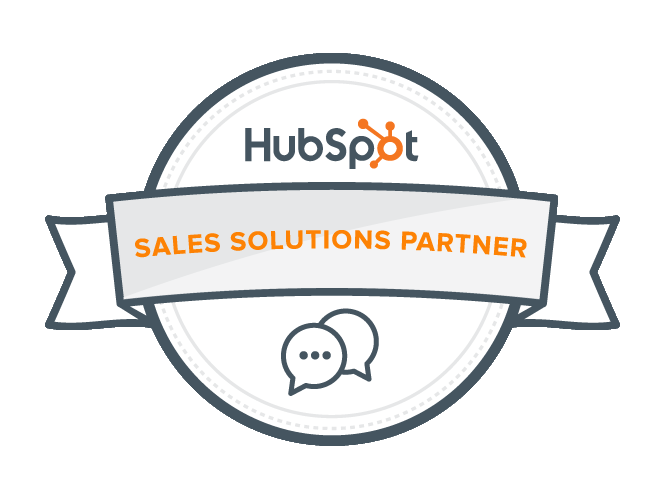Learn how to set up scheduling links in Google Calendar and Outlook Bookings to replace paid tools like Calendly and save on subscriptions.
How to Set Up Scheduling Links in Google Calendar and Outlook
Tired of paying for third-party booking tools? There’s a better way.
If you’ve ever used scheduling software like Calendly, Acuity, Setmore, or Doodle, you know how convenient they are—until the subscription renews. Paying an extra $12 to $30 per month per user just to let people book time on your calendar adds up fast, especially if you’re a small business or solopreneur trying to streamline costs.
But here’s the good news: you already have powerful scheduling tools built right into Google Workspace and Microsoft 365—no extra subscription needed. Both platforms now offer native booking features that rival those popular third-party tools.
In this article, we’ll explore how Google’s new Appointment Schedule and Microsoft’s Bookings with Me can replace third-party apps, walk you through setup for both, and share practical use cases for small businesses.
Why Google and Microsoft Are Eliminating the Need for Third-Party Booking Tools
The Evolution of Built-In Scheduling
If you’ve opened your Google Calendar recently, you may have noticed a small popup or banner announcing “Try Appointment Schedules.” This isn’t a beta—it’s a full rollout across Google Workspace and even free Gmail accounts in some regions.
Google’s goal? To reduce the need for apps like Calendly by letting users generate direct booking pages tied to their availability.
Meanwhile, Microsoft users may already be familiar with Bookings with Me, which has quietly existed for several years inside Outlook. It’s part of Microsoft’s ongoing effort to improve personal and professional productivity tools under the Microsoft 365 umbrella, integrating deeply with Teams, Outlook, and other Office apps.
Both systems now make it easy to share a single link that lets clients, colleagues, or prospects schedule time with you—automatically syncing to your calendar and sending confirmations without the back-and-forth.
Three Use Cases for Small Businesses
If you run a small business or manage a team, booking links can dramatically simplify your workflow. Here are three common use cases where using Google or Outlook scheduling can save time and money.
1. Client Consultations and Discovery Calls
For service-based businesses—think marketing consultants, real estate agents, or therapists—the booking process often starts the client relationship. Instead of emailing back and forth about availability, you can send a “Book a Consultation” link right from your website or email signature.
Benefits:
- Clients book directly into your available slots.
- Automatically sends reminders to reduce no-shows.
- Frees up your time for meaningful client interactions.
2. Team Meetings and Internal Scheduling
If you manage a small team, you can use Google Appointment Schedules or Outlook Bookings to coordinate one-on-one check-ins, reviews, or mentoring sessions.
Benefits:
- Syncs automatically with your existing work calendar.
- Eliminates double-booking conflicts.
- Works across time zones—perfect for hybrid or remote teams.
3. Service Appointments or Product Demos
For businesses that offer demos, inspections, or service visits (like home repair companies or software providers), a booking page lets customers easily choose their preferred time slot.
You can even embed your booking link into your website’s contact page or social media bios. This helps move leads from interest to conversion with minimal friction.
Benefits:
- Creates a seamless booking experience for prospects.
- Integrates with confirmation and follow-up email workflows.
- Looks professional and automated—without paying for external tools.
How to Set Up a Google Calendar Booking Link
Google’s built-in scheduling system is called Appointment Schedules. It’s available to anyone with a Google account, but premium features like custom branding and email reminders are included in Google Workspace subscriptions.
Step 1: Open Google Calendar
Visit calendar.google.com and click the “Create” button. From the dropdown menu, select “Appointment Schedule.”
Step 2: Define Your Booking Details
You’ll be guided through setup options including:
- Title: Give your booking page a name (e.g., “30-Minute Consultation”)
- Duration: Choose how long each appointment lasts
- Availability: Select days and times when you’re available
- Time zone settings: Google automatically adjusts for the viewer’s time zone
Step 3: Customize Notifications and Buffer Times
Under “Scheduling settings,” you can:
- Add
buffer times before or after meetings
- Limit daily appointment numbers
- Automatically send
email reminders
Step 4: Publish and Share Your Link
Once saved, Google generates a unique booking page URL. You can share this via email, embed it on your website, or link it to a “Book Now” button on your contact page.
Pro Tip:
If you have a Google Workspace Business or Enterprise plan, you can even add custom branding, such as your logo and color scheme, for a professional touch.
For more details, Google’s official support page on Appointment Schedules provides a full overview.
How to Set Up a Microsoft Outlook “Bookings with Me” Link
If you’re a Microsoft 365 user, Outlook has an integrated feature called Bookings with Me. It works similarly to Google’s Appointment Schedule but integrates tightly with Teams, Outlook, and OneDrive.
Step 1: Access Your Bookings Page
Go to outlook.office.com/bookwithme/ or open Outlook on the web and click the calendar icon in the left sidebar. From there, look for “Bookings with Me” in the toolbar.
Step 2: Create a Public and Private Booking Page
Outlook lets you create:
- Public pages: Anyone with the link can book time with you.
- Private pages: Only invited contacts can access it.
You can list multiple event types—like 15-minute calls, 30-minute meetings, or 1-hour sessions—and control whether they’re visible publicly.
Step 3: Configure Time and Preferences
You’ll be able to:
- Choose your working hours
- Add
buffer time between meetings
- Customize availability per meeting type
- Decide if Teams links should be included automatically
Step 4: Share Your Link
When ready, Outlook gives you a “Book with Me” URL to share in emails, on your website, or through your digital business card.
Because it’s built into Microsoft 365, all bookings automatically sync to your Outlook calendar and trigger confirmation emails.
| Feature | Google Appointment Schedule | Outlook Bookings with Me |
|---|---|---|
| Platform | Google Workspace | Microsoft 365 |
| Integration | Gmail, Meet, Drive | Outlook, Teams, OneDrive |
| Customization | Logo, color, buffer times | Public/private events, Teams links |
| Notifications | Email reminders | Email confirmations |
| Pricing | Free for personal use; full for Workspace | Included with 365 subscriptions |
| Ease of Use | Simple and visual | Business-grade and structured |
Verdict:
If your team already uses Google Workspace, Appointment Schedule is perfect for client-facing appointments.
If your organization runs on Microsoft 365, Bookings with Me integrates seamlessly with your corporate environment.
How to Share Your Booking Link in Emails, Texts, and Social Posts
Once you’ve set up your Google or Outlook booking link, it’s time to put it to work. You don’t need a fancy website integration to start getting appointments — sharing your link through email, text messages, and social media is often even more effective.
1. Include It in Your Email Signature
Turn every email you send into an opportunity for easy scheduling. Add your booking link to your email signature with a short, clear call to action.
Example for Gmail or Outlook:
📅
Schedule a Call: Book Here
✉️
Need to chat? Find a time that works for you
Adding this to your signature means clients can book time with you anytime — no extra effort required.
2. Send Booking Links in Personal or Automated Emails
If you’re following up with clients or confirming an appointment, drop your booking link right in the message.
Example:
“Here’s my calendar link so you can grab a time that works best: https://calendar.app.google/yourlink”
You can also include it in automated replies, like contact form responses or after-hours emails. This keeps your business open for scheduling even when you’re not at your desk.
3. Share It Through Text Messages
Text is one of the fastest ways to confirm appointments. Whether you’re using your personal phone or an SMS platform, you can paste your booking link directly into a message.
Example:
“Hey, it’s Sarah from Studio One! You can book your next color session here: https://outlook.office.com/bookwithme/yourlink”
4. Promote It on Social Media
Your social channels are a great place to turn followers into booked appointments. Add your booking link wherever people engage with you most:
- Instagram bio: “Ready to meet? Tap below to book your consultation.”
- Facebook page button: Change your CTA to “Book Now.”
- LinkedIn About section: Add a short line like “Let’s connect — schedule a quick call here.”
Use the same link in your posts or stories when promoting consultations, demos, or free discovery calls. Consistency across platforms builds trust and makes it easier for people to take action.
Internal Links for SEO Context
For a well-connected internal linking structure, reference:
- Marketing Launchpad Training Program – Learn how to automate your small business marketing.
- How to Improve Your Duda Site Speed – Boost your website performance with better image optimization.
- Setting Up Google Ads Conversion Tracking – Connect your calendar booking goals to ad campaign results.
Final Thoughts
If you’re tired of juggling subscriptions for every single tool your business uses, consolidating your scheduling under Google or Outlook is one of the easiest wins. Both systems now offer all the essentials—automation, customization, and integration—without extra costs.
Whether you’re scheduling consultations, internal meetings, or product demos, a single booking link can save hours of coordination and present a more professional image to clients.
💡 Join us this Friday at 2 PM for our free weekly workshop!
We’ll walk through live examples of setting up booking pages in both Google and Outlook, plus show you how to embed them into your website or email marketing system.







